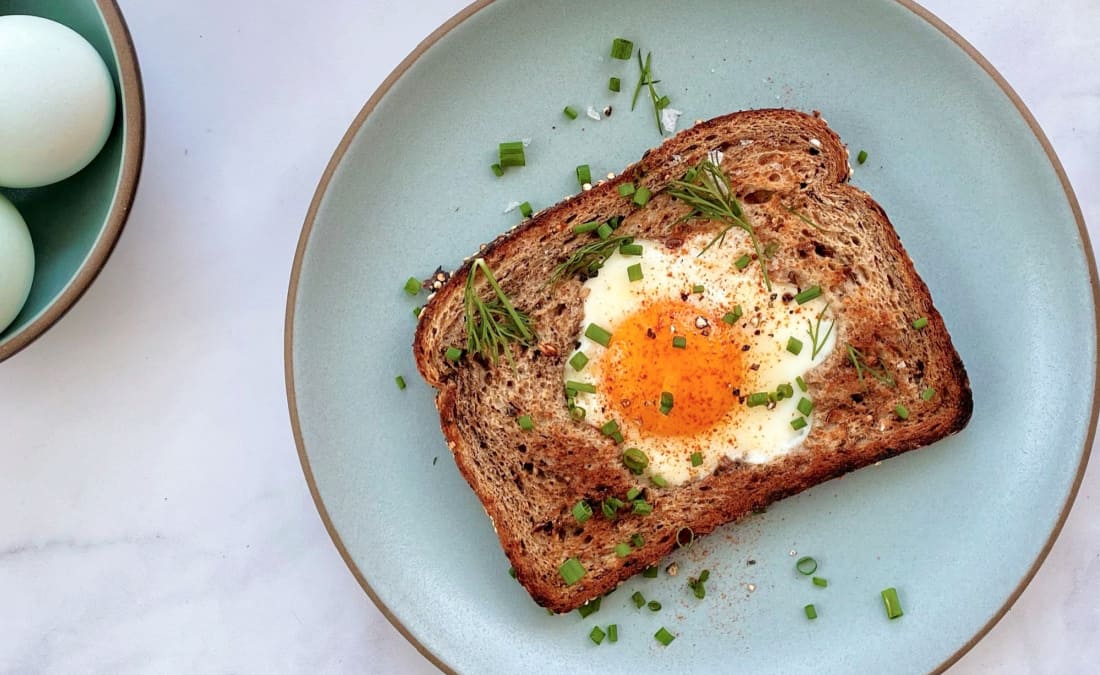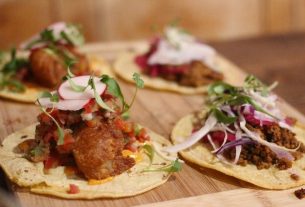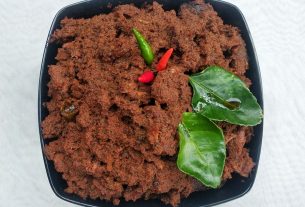Toast—crispy, golden, and comforting—has become one of the most beloved breakfast staples across the globe. Whether slathered with butter, topped with jam, or paired with eggs, toast is a simple yet versatile dish that has stood the test of time. But how did a mere slice of bread transform into a cultural icon of morning meals? This journey of Toastul, as we might call it, is a fascinating blend of history, innovation, and changing dietary habits.
The Origins of Toast: A Timeless Tradition
The story of toast dates back thousands of years to ancient civilizations. The earliest form of toast can be traced to the Egyptians around 3000 BCE, who discovered that slightly burning bread over an open flame preserved it longer. This method was later adopted by the Romans, who refined the toasting process by using tostum, a Latin word meaning “to scorch or burn.”
Romans would toast bread over hot stones or fire, creating a crunchy texture that made it easier to eat and store. As the Roman Empire expanded, so did the love for toasted bread, spreading the practice across Europe and beyond.
During the Middle Ages, toasting bread became common in Europe, particularly among the wealthy who had access to ovens and hearths. People would use metal forks or stone slabs to crisp their bread, and as food preservation techniques improved, toast evolved from a necessity into a culinary delight.
The Rise of Toast in Modern Breakfast Culture
Toast truly cemented its place in breakfast culture in the 19th and 20th centuries, thanks to industrialization and technological advancements. Several key factors contributed to its rise:
1. The Invention of Sliced Bread
Before the 1920s, people had to cut their own bread loaves, which resulted in uneven slices. However, in 1928, Otto Frederick Rohwedder, an American inventor, created the first bread-slicing machine, making pre-sliced loaves available to the public. This innovation made toast preparation easier and more accessible, leading to its increasing popularity.
2. The Pop-Up Toaster Revolution
While toasting bread over an open fire or stove had been common for centuries, the invention of the automatic toaster in 1921 changed breakfast forever. The Toastmaster, introduced in 1926, was the first pop-up toaster, allowing people to toast their bread with minimal effort. This convenience made toasted bread an essential part of breakfast in many households.
3. The Influence of Breakfast Marketing
In the mid-20th century, food companies heavily promoted breakfast as the most important meal of the day. Toast became a symbol of a quick, nutritious, and easy morning meal, often paired with butter, jam, eggs, or spreads like peanut butter and marmalade. Advertising campaigns reinforced the idea that toast was a healthy and satisfying way to start the day.
The Many Faces of Toast: Global Variations
While classic buttered toast is a favorite in many Western countries, different cultures have their own unique takes on toasted bread.
1. French Toast (Pain Perdu) – France
Originally a way to use stale bread, French toast is made by soaking bread in an egg and milk mixture before frying it to golden perfection. Often topped with powdered sugar, syrup, or fruit, it’s a beloved breakfast and brunch item worldwide.
2. Kaya Toast – Southeast Asia
In countries like Singapore and Malaysia, Kaya toast is a staple breakfast dish. This version of toast features slices of crispy bread spread with kaya (a coconut and egg jam) and is usually served with soft-boiled eggs and coffee.
3. Avocado Toast – Modern Health Trend
Popularized in recent years, avocado toast combines creamy mashed avocado with toasted bread, often topped with eggs, tomatoes, or seeds. This dish has gained a reputation as a healthy and trendy breakfast choice, particularly among millennials.
4. Beans on Toast – United Kingdom
A staple in British households, beans on toast consists of buttered toast topped with baked beans in tomato sauce. This simple yet satisfying dish is loved for its comforting taste and affordability.
5. Rusk – India & South Africa
In India and South Africa, rusk is a twice-baked, crispy bread that is often dipped into tea or coffee. While not traditional toast, its crunchy texture and simple preparation make it a close relative in the toast family.
The Nutritional Benefits of Toast
Despite its simplicity, toast offers several nutritional benefits, depending on the type of bread and toppings used.
-Source of Carbohydrates – Toast provides energy to start the day, making it a convenient breakfast option.
-Whole-Grain Benefits – Whole-wheat toast is rich in fiber, vitamins, and minerals, aiding digestion and promoting heart health.
-Customizable Nutrition – Depending on toppings, toast can be protein-rich (peanut butter, eggs), vitamin-packed (avocados, berries), or indulgent (butter, chocolate spread).
-Gluten-Free Options – With gluten-free bread varieties available, toast is accessible to people with dietary restrictions.
The Future of Toast: Innovations and Trends
As food trends evolve, so does toast. Today, artisan breads, gourmet toppings, and fusion flavors are redefining the way we enjoy this breakfast classic.
- Sourdough & Specialty Breads – The rise of sourdough, multigrain, and rye breads has introduced new textures and flavors to toast lovers.
- Vegan and Dairy-Free Options – Plant-based toppings like cashew cheese, hummus, and coconut butter are gaining popularity.
- Sweet and Savory Combinations – Unique pairings like fig and ricotta toast or hot honey and goat cheese toast are becoming breakfast favorites.
- Tech-Enhanced Toasters – Smart toasters now offer settings for precise browning, reheating, and even digital customization for the perfect slice.
Conclusion: More Than Just a Slice
How A Simple Slice Became The Breakfast —it’s a symbol of history, culture, and innovation. From ancient civilizations to modern cafés, toast has continuously evolved to fit the lifestyles and tastes of people across the world. Whether enjoyed as a comforting buttered slice, a decadent French toast, or a trendy avocado toast, one thing remains clear: Toastul is here to stay.
So, the next time you take a bite of your morning toast, remember—you’re indulging in a tradition that has been centuries in the making!


